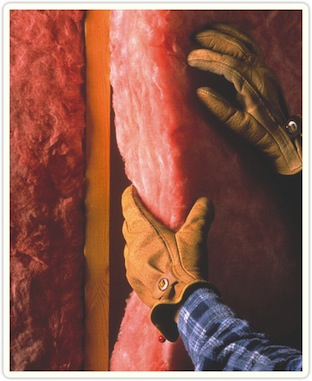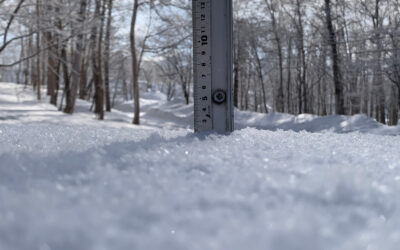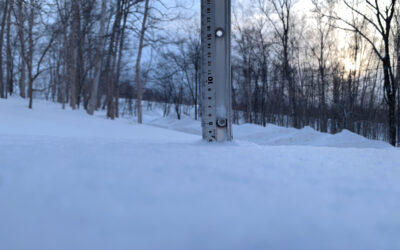This is the 5th in a series of guest posts from Niseko Projects, where Dominic Wehner discusses property development and leads clients through the process of building and maintaining properties in the Niseko area.
Super-Insulating your alpine home or chalet will not only lead to greater year-round comfort but could also provide considerable savings on your heating and cooling bills over the life of the property. If your property is also a rental property or lodge, these savings will directly translate into an improved yield or return on your investment.
Energy Reduction
On a per dollar invested basis, energy saving measures will almost always generate greater economic savings than the installation of active systems such as solar panels or wind turbines. For this reason improving the insulation level should be a first priority in improving the energy efficiency of your home.
As insulation can be difficult to retrofit later without lifting the flooring and removing the wall linings, it is essential to get this important element of a buildings energy efficiency right from the outset. A well-designed insulation package over and above the minimum building regulation levels will greatly reduce the building running costs over the life of your property.
Raising the insulating performance of your home allows you to capture and retain the heat gained from the sun during the day, or generated from your home heating. In the summer the insulation will also contribute to keeping your home cooler by keeping out the heat. Insulation helps provide an even home temperature all year round.
Healthy Environments
Cold surfaces are the main cause of condensation in a home. Well-insulated and therefore warmer walls and windows means there is less potential for water vapour in the air to reach its dew point, and thus less potential for condensation on that surface. Reducing condensation will also reduce the likelihood of mildew and mould forming – creating a healthier living environment.
Ceiling Insulation
The main area for heat loss is through the ceiling. Hot air rises, so the valuable heat from your heating system or fireplace can escape through the ceiling if the insulation is insufficient. Ceiling insulation keeps the warm inside air from transferring out into the roof cavity. In an alpine environment, heat escaping into the roof space can also cause roof snow to melt and ice to form on the roof which can lead to a range of other problems such as ice dams, leaks, icicle formation and dangers from ice falls from the roof and damage to the building.
What is the R value?
The R value is the standard used to measure the efficiency of insulating materials. The bigger the R value, the more the product will slow the transfer of heat energy.
There are minimum building requirements for insulation materials in various applications in the home but these will differ depending on regional requirements. In Hokkaido, mandatory insulation levels are the highest in Japan, however building code requirements are always minimum required levels and improving on these will considerably improve the energy efficient performance of your home.
Insulation as a system
Insulation is best considered as a system that cocoon’s or wraps the house in a ‘thermal envelope’. This envelope includes the ceiling, exterior walIs, windows, floor and ventilation system. The insulation system in your home should therefore include consideration of the windows and window treatments, and also the ventilation system to prevent the necessary fresh air intake from working against you.
Sound Insulation
Some thermal insulation products can also supply acoustic insulation properties, especially useful for filtering out unwanted noise from between rooms in a house or building. Effective sound insulation is on a sliding scale however, with a range of products, possibilities, and expense depending on the level of noise transfer that is acceptable. A comprehensive acoustic insulation system will include noise batts in the walls, additional layers of sheet rock, underfloor pads, and a sound proof door.
Summary
Especially in an alpine environment, installing as much insulation as your budget allows when building is logical. Not only is it cheaper to install during construction, but the cost savings in heating and possibly also cooling in the summer will pay for itself very quickly.
As experts in the energy efficiency of Alpine properties, talk to Niseko Projects about incorporating these principles into your new home design.
Dominic Wehner comes from a construction and management background in New Zealand and has a deep, long-standing interest in building and design. Dominic has been living with his family in Japan for over 10 years and can bring a rare combination of skills and local experience to your development project.
The original article from Niseko Projects can be found at – http://nisekoprojects.com/energy-efficient-homes-insulation/ – or visit the Niseko Projects Blog to read more articles from Dominic.



